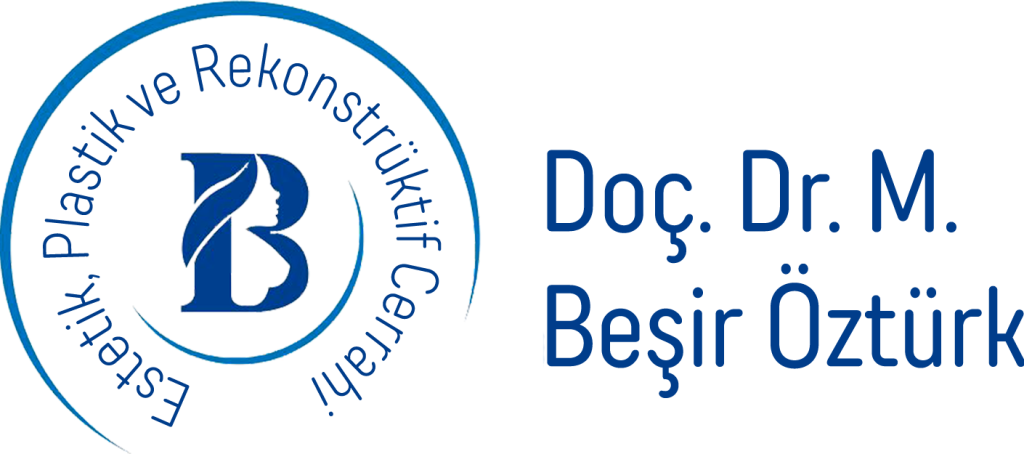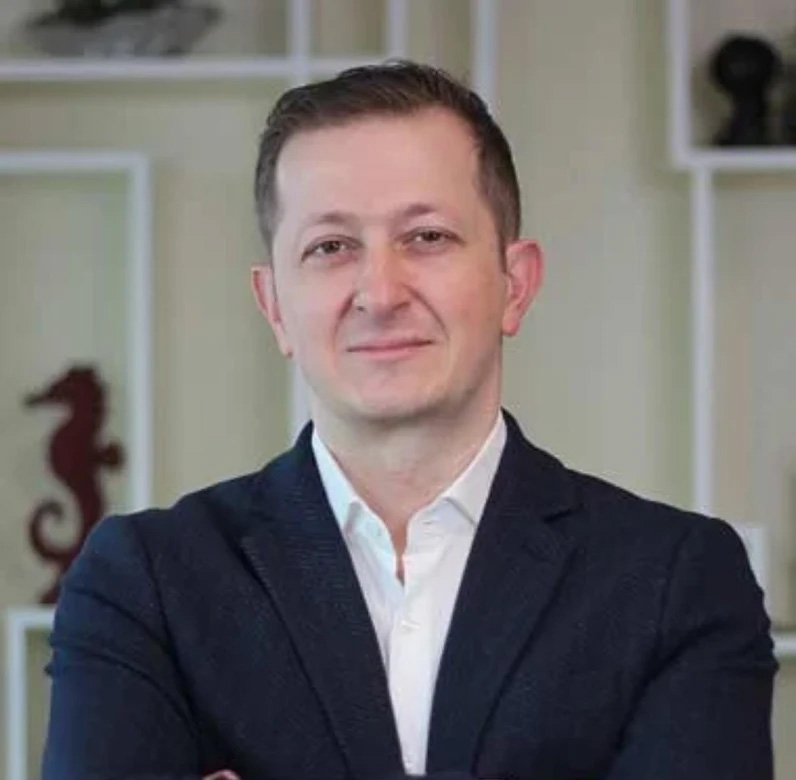Single-Stage Reconstruction
Immediate single-stage breast reconstruction is performed during a mastectomy. After the general surgeon removes the breast tissue, the plastic surgeon places the breast implant.
Two-Stage Reconstruction (Immediate or Delayed)
In the first stage, a tissue expander is placed. A few months later, the expander is removed and replaced with a breast implant. The tissue expander can be placed during mastectomy or months to years afterward.
During mastectomy, the removal of breast tissue and skin flattens and tightens the chest wall. The tissue expander is placed under the remaining tissue.
A tissue expander is a balloon-like material made of elastic silicone. It is initially placed empty and gradually inflated with saline at regular intervals. As the expander inflates, the surrounding tissue stretches, creating a pocket for the breast implant.
The tissue expander is placed in the operating room under general anesthesia. The procedure lasts one to two hours and may require an overnight hospital stay. Normal daily activities can usually be resumed within two to three weeks.
After mastectomy, the chest wall is numb, so postoperative pain is minimal. Some discomfort or pressure may be felt during tissue expansion, which subsides as the tissue stretches. Expansion typically takes four to six months.
Breast Reconstruction with Implants
Once the tissue expander is removed, the breast implant is placed into the created pocket under general anesthesia. A short hospital stay may be required.
Reconstruction Without Implants: Flap Procedures
Breast reconstruction can be performed by transferring a section of tissue composed of skin, fat, and muscle from one part of the body to another. This tissue is usually taken from the abdomen or back.
The flap tissue may either be transferred to the breast area through a tunnel without cutting its own nourishing blood vessel (pedicled flap) or completely detached and then connected to another vessel in the breast region using microsurgical techniques (free flap). The latter method generally requires a longer operation time.
Compared to implant surgery, flap reconstruction involves a longer hospital stay. In addition, scarring occurs both in the donor site and the breast area. However, if the chest wall tissue is damaged due to radiotherapy, tissue expansion cannot be performed and flap surgery may be the only option. One advantage of flap reconstruction is that it often eliminates the need for additional corrective surgery on the other breast to ensure symmetry.
The most commonly used muscle flaps are the TRAM flap, taken from the abdominal area, and the latissimus dorsi flap, taken from the upper back.
TRAM flap surgery is a major procedure—much more extensive than mastectomy alone. It requires good general health and strong emotional motivation. Patients who are overweight, smoke, have previously undergone surgery in the flap donor site, or have circulation problems are generally not suitable candidates for flap procedures. Likewise, very thin patients or those lacking sufficient tissue in the abdomen or back are not good candidates unless flap surgery is combined with an implant.
TRAM Flap (Pedicled or Free)
In a TRAM flap procedure, abdominal tissue is transferred to reconstruct the breast, simultaneously flattening the abdomen similar to a tummy tuck.
- Pedicled TRAM flap: 3–6 hours under general anesthesia, hospital stay 2–5 days, return to daily activities in 6–8 weeks. Temporary or permanent abdominal muscle weakness may occur. Scars will remain on the abdomen and the reconstructed breast.
- Free TRAM flap: Longer surgery and recovery.
Latissimus Dorsi Flap
During this procedure, tissue from the back is transferred to the breast. It is thinner and smaller than a TRAM flap, suitable for patients with small breasts.
- Surgery under general anesthesia lasts 2–4 hours.
- Hospital stay: 2–3 days
- Return to normal activities: 2–3 weeks
- Temporary or permanent weakness may occur in the back or shoulder.
- Back scars can be hidden under a bra, but additional scars may remain on the reconstructed breast.
Postoperative Care
As with any surgery, some pain, swelling, bruising, and tenderness are expected, which may last for a month or longer but will gradually resolve. Bleeding and infection are potential complications.



